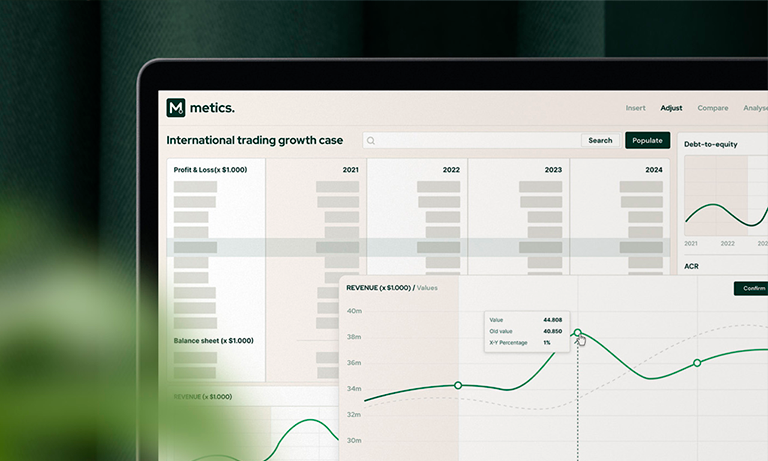Are you making this common financial mistake in your startup?
01/05/2023
Starting a new business can be a thrilling experience, full of endless possibilities and opportunities. However, it is no secret that starting a business is not easy, and the statistics prove it: approximately 82% of startups fail. While there are numerous reasons for these failures, one of the most common is a lack of financial forecasting.
What is Financial Forecasting?
Simply put, financial forecasting is the process of estimating future financial outcomes for a business. This includes projecting revenues, expenses, and cash flow over a specific period. Financial forecasting allows startups to predict how much money they will need and when they will need it, enabling them to make informed decisions about the future of their business.
Benefits of Financial Forecasting for Startups
One of the primary benefits of financial forecasting is that it helps startups avoid financial surprises. By forecasting revenue and expenses, startups can plan for the future, understand how much money they will need, and identify potential cash flow issues.
Common Financial Forecasting Mistakes
One of the most common financial mistakes startups make is overestimating revenue. Many new business owners believe their product or service will be an instant success and overestimate the amount of money they will make. This can lead to unrealistic financial projections, which can cause problems down the line.
Another common mistake is underestimating expenses. Startups often underestimate how much it will cost to run their business, which can lead to a lack of funds to cover essential expenses such as rent, salaries, and marketing.
Lastly, many startups fail to consider cash flow. Cash flow is the money that comes in and goes out of a business. Even if a business is profitable on paper, it can fail if it does not have enough cash to cover its expenses.
Components of a Financial Forecast
There are several components of a financial forecast, including a sales forecast, a profit and loss forecast, and a cash flow forecast.
A sales forecast estimates how much revenue a business will generate over a specific period.
A profit and loss forecast projects the financial results of a business by estimating revenue and expenses.
A cash flow forecast predicts how much money will be available to a business at any given time.
Tips for Creating an Effective Financial Forecast
Creating an effective financial forecast takes time and careful consideration. Here are some tips to help startups create a solid financial forecast:
1. Start with a solid business plan: A solid business plan is the foundation of a financial forecast. It should include information about the product or service, the target market, competition, and marketing strategies.
2. Use realistic assumptions: Use realistic assumptions when creating a financial forecast. Don’t overestimate revenue or underestimate expenses.
3. Get input from experienced advisors: Seek advice from experienced advisors, such as accountants or financial planners, when creating a financial forecast. They can provide valuable insights and help ensure that the forecast is accurate.
4. Monitor and adjust the forecast regularly: A financial forecast is not a one-time event. Startups should regularly monitor and adjust their forecasts as their business grows and changes.
5. Use financial modelling software: Consider using financial modelling software to create your forecast. These tools can help automate the process, reduce errors, and provide valuable insights into your business’s financial performance. Some popular financial modelling software options include Excel, QuickBooks, Cuttles and Metics.
Conclusion
Financial forecasting is critical for the success of any startup. By creating an accurate financial forecast, startups can plan for the future, identify potential financial problems, and make informed decisions. Startups should take the time to create a solid financial forecast and regularly monitor and adjust it to ensure the success of their business.




